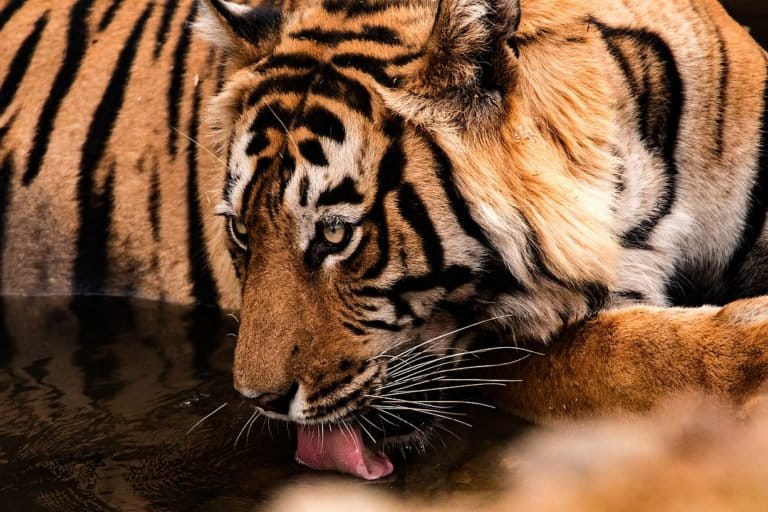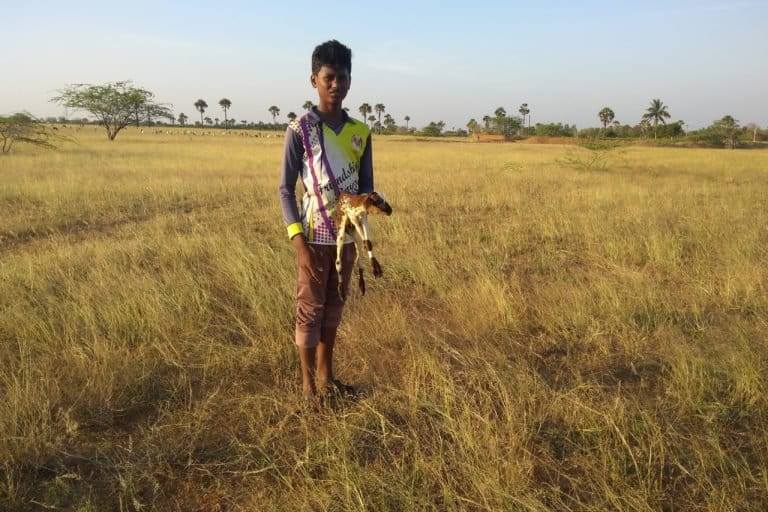This week’s environment and conservation news stories rolled into one.
To receive a weekly email with a roundup of our stories, please sign-up for our newsletter.
COVID-19 is an opportunity for new beginnings
The lockdown is an opportunity to make structural changes and focus on decentralisation, environment, agriculture and reduce migration, writes managing editor S. Gopikrishna Warrier.
Involving traditional healers in public health initiatives to mitigate spread of COVID-19 in Bastar
A concerted strategy that involves traditional healers and their ties with the community, from the beginning, could help mitigate the spread of the novel coronavirus.
India’s wildlife veterinary system needs an upgrade to tackle zoonotic diseases
After a tiger tested positive for COVID-19 in a zoo in New York in early April, authorities in India sent advisories to all zoos, tiger reserves and wildlife sanctuaries to protect the animals.
Conservation biologists navigate the new normal
Researchers and students have been busy during the lockdown, despite uncertainties on fieldwork and funding.
India’s polar missions hit pause
India’s scientific expedition to the Arctic this year is canceled while as many as 28 scientists returning from Antarctica are in quarantine in Cape Town.
Why do we keep falling for fake news about animals and what can go wrong?
Misinformation, even if harmless, makes it difficult to access genuine information, confuses people, makes them susceptible to manipulation and undermines the work of researchers.
Fly ash slurry in Singrauli contaminates water reservoir, taking lives and homes
It is the third incident of ash dyke breach in Singrauli in the past one year and has contaminated the region’s biggest water reservoir, which could lead to further catastrophe.
Can biodiversity loss lead to more infectious disease spread?
We discuss the debate around the ‘biodiversity dilution effect’ — does declining biodiversity result in increased infectious-disease transmission?
Fireflies appear to be vanishing in this Andhra Pradesh village
Population density has dropped sharply from over 500 individuals over a 10 square-metre area in 1996 to only 10-20 in 2019. Past studies suggest that pesticides used in paddy fields could be a factor, among others.
[Commentary] Pastoral communities of Tamil Nadu in peril
Researchers from ATREE write of the transformation of grasslands in southern Tamil Nadu and its impact on tribal populations, the Konars.









